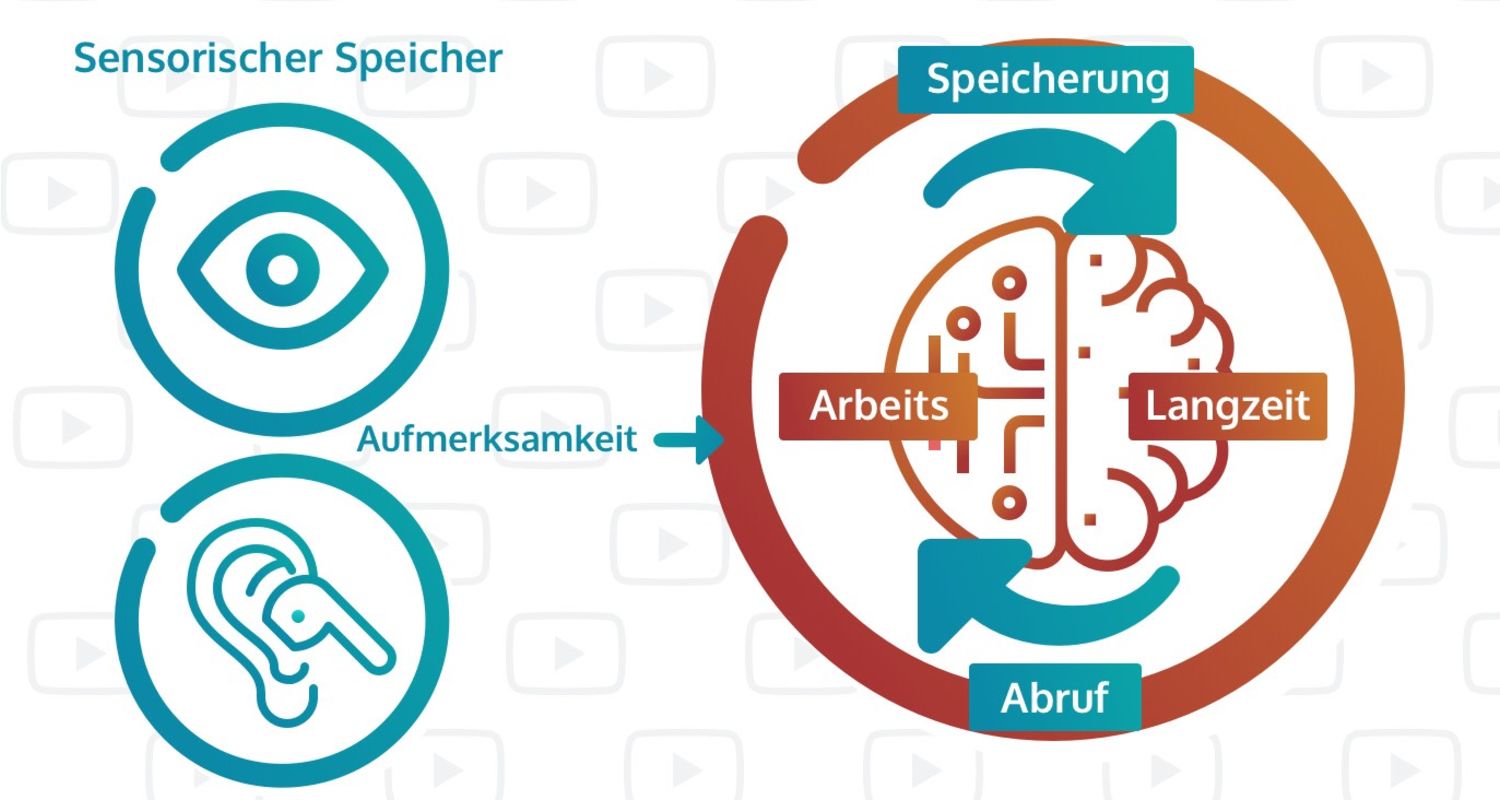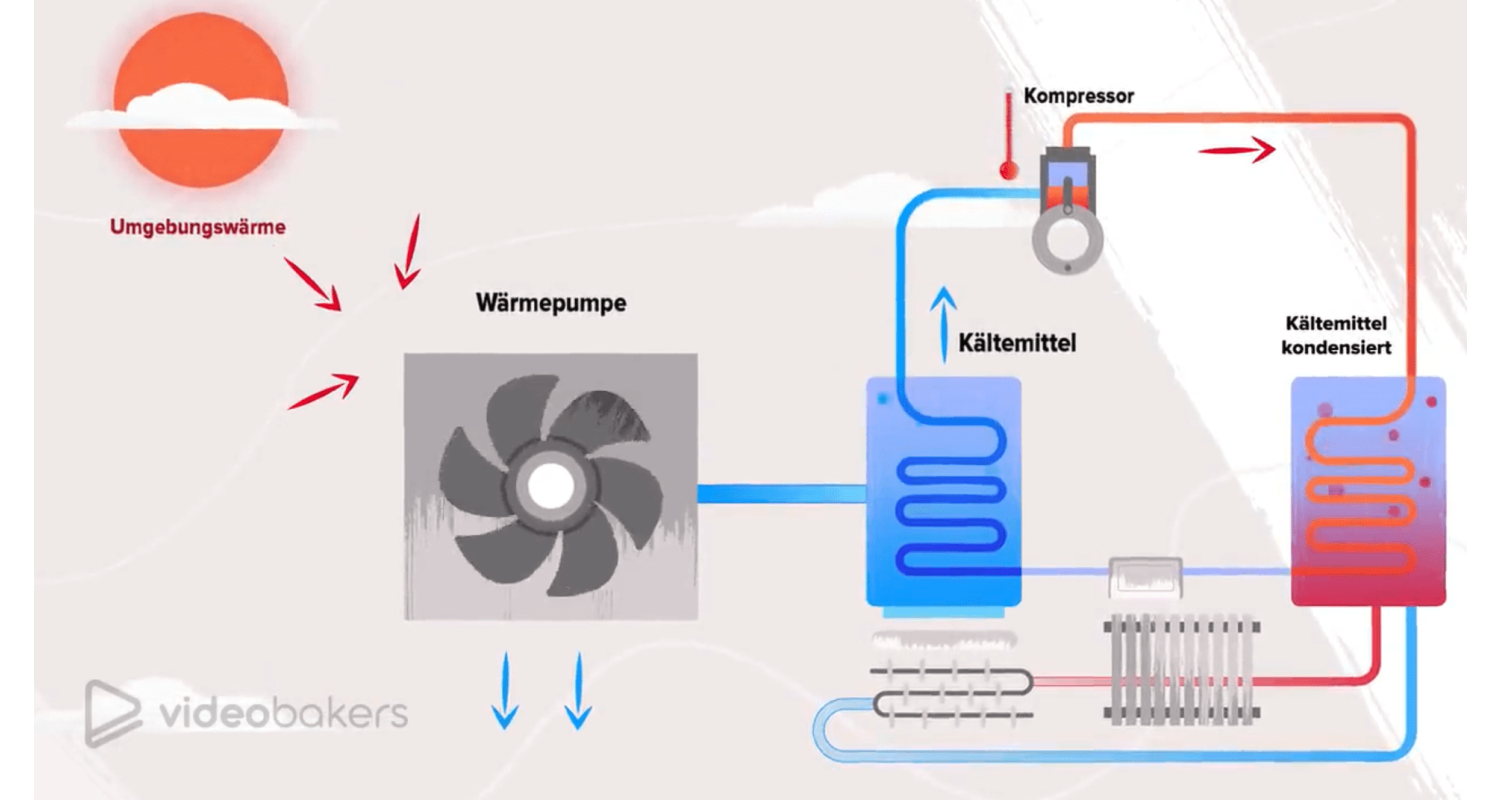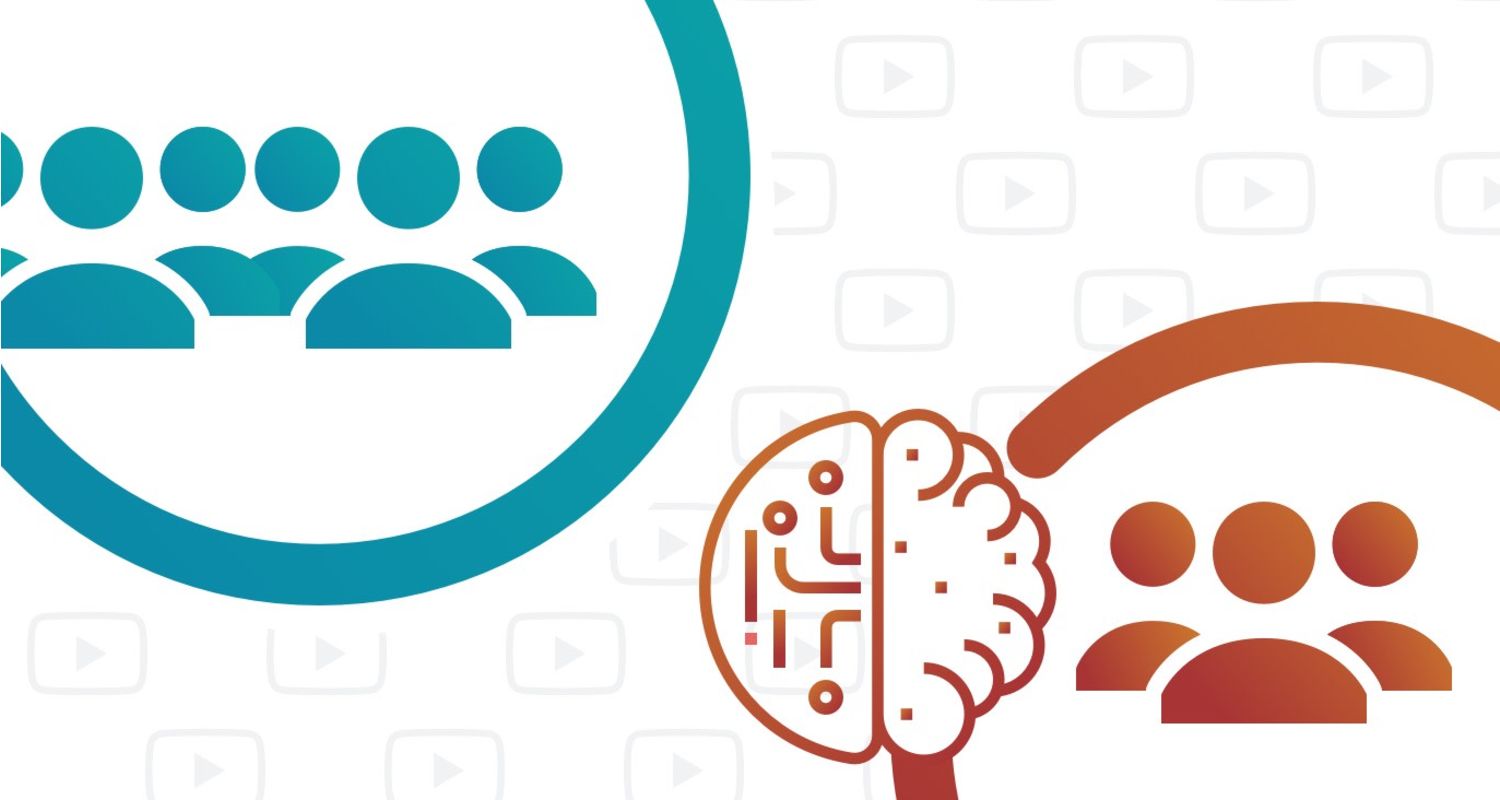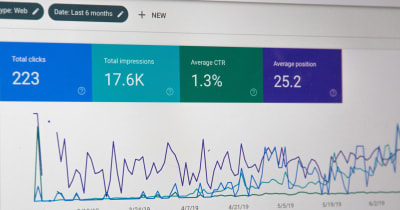We use cookies to ensure the correct functioning of this website, to provide you with the best possible service, to improve the user experience and to optimise our website.
Decline

Explanatory video offer
Create now in only 2 minutes

4 November 2021
Video. Text. Image. 5 advices for a perfect explanatory film
Have you ever wondered why explainer videos are so effective? Psychology provides us with very simple explanations for this.
Learning and presenting content with multimedia opens up entirely (but now not really) new possibilities due to the greatly advanced digitalization. The basic principle here is that
subjects are presented simultaneously in words and pictures
, which leads to adeeper learning effect
. But why is this so and how can you use this fact for the design of explainer videos? To approach this question slowly, we first need to understand how information is received, processed and stored.The structure of memory
.sensory memory
, theworking memory
, and thelong-term memory
. Sensory memory is often referred to as "ultra-short-term memory" because stimuli are represented here for only a few seconds. Working memory is where allthinking
processes take place; it is where new information is processed and, if necessary, passed on to long-term memory, as well as where information is retrieved from long-term memory. In long-term memory, in turn, all our knowledge is stored in structures that can be thought of as a network. Related information is thus interconnected there.
The goal of any explainer video should be for the conveyed content to be stored in long-term memory. But for this to happen, the information must first pass through sensory memory and working memory. How can you imagine this process?
**The process of learning
The sensory memory - Gaining attention
So our first learning for explainer videos is that you have to manage to get the
attention
of the recipient. A good method can be, for example, to give a prospect of what knowledge or what new information the viewers will take away from the video at the end.In order to keep interest and attention, the information conveyed in the explainer video should not simply be named. To ensure that the recipients take away as much as possible from the video, the
context should be enriched
and the content should be packaged in a story, for example, or explained using an example.The working memory - using capacity optimally
.limited capacity
and cannot process an infinite amount of information at the same time. This point is very important, because in many explanatory videos the mistake is made that too much information is presented in too short a time and the viewers are overwhelmed as a result. This can be prevented by a simple trick.Frühlingssonne tanken.
Until 23.04 we will give you free subtitles in two languages of your choice for your video. Go international with videobakers.
visually or verbally "encoded "
, meaning the information is either "seen" or "heard". To avoid overloading working memory, there is a trick here: make the best use of the two codes. And now we're getting closer to our initial question: what good is multimedia for learning? We can probably all remember more bad PowerPoint presentations than we care to remember: the speakers put far too much text on the slides, which they also present at the same time. How much of it sticks with us? Almost nothing.It is more efficient to just speak the text and support it with images. So it is best when
language is not processed visually (as text), but auditorily
(spoken)
, because then other channels are available for parallel processing. In this case, then, when information is "dual coded", we can take in the information both visually and auditorily, leading to deeper processing. Deeper processing, in turn, leads to a greater likelihood that the information will be absorbed into long-term memory.Through the
pictorial representation
of processes, interrelationships or mechanisms of action, which are simultaneously explained by the person speaking, the modalities of seeing and hearing are optimally utilized ("modality effect"). It does not matter whether it is an advertising film or a mathematics course. This psychological principle can be applied to any type of explanatory video.
In addition, the
video design should be kept quite simple
, because every unnecessary detail costs attention and capacity of the working memory, which in turn is missing for the processing of the central message ("coherence principle"). Exactly this simple design is one of the characteristics of good explainer videos, which can be implemented in different video styles.The long-term memory - tailoring the explainer video to the target audience
."encoding. "
Attention also creates an important basis for this. But how else can we influence that the central message of an explanatory video is stored in the long term?For example, we can help our recipients to link the newly learned content with information already present in long-term memory. This is called
"encoding richness. "
If we know what prior knowledge our recipients already have, we can build on it. This gives our audience the opportunity to connect the newly learned knowledge with existing knowledge.
Therefore, it is important to know exactly for which target group the explainer video is intended. For example, if we want to explain how a microwave works, it is sufficient for laypeople to know which buttons to press for which function. If the explainer video is aimed at physics students, of course, completely different information is interesting, which goes into much more depth. With unnecessary information we overload and overstrain our target group. Therefore: keep it simple!
Take home message
Adapt to target audience:
Find out what prior knowledge your target audience already has and build on it in your explainer video. This will help your viewers retain the new information in the long run.- Attract and retain attention:** Give your viewers a good reason to be engaged in the video. Otherwise, the content of your explainer video will get lost in the mass of information that comes at us every day.
Speak text instead of show text:
To make the most of the capacity of the working memory, do without text in the video. It is better to speak the text and support it with images.- As few details as necessary:** To avoid overwhelming your viewers with unnecessary information that can overload working memory, focus on the central information and avoid details.
Your contact persons
My team and I are always available to answer any questions you may have about your explainer film project. Just call us spontaneously or send us an email!
Get started now
Step 1: Fill in the kick-off form
We are experts in our field - but when it comes to your idea, you are the real professional.
To understand your product and be able to present you with a tailor-made solution approach, we want to learn more about you and your product.
To do this, you will find the most important questions in our kick-off form.

Step 2 StartUp conversation
We will then present our ideas to you in a non-binding 30-minute meeting.
From the target group approach, to the content, to the design of the video and its use, your future project manager will advise you personally.

Step 3: We create your video.
In our four-stage production process, our entire team gets really creative for you - of course, you'll be there live during production.
We think about how to untie the knot in your customer's mind to help your product gain more attention and success.

Step 4 Integration of the video
The best explainer video in the world won't help you if it's not staged properly. We know exactly how effective a video can be and where it should be integrated so that it can unfold its full potential. Whether it's as a promotional tool in Facebook Ads or as a customer magnet on your website. We know what to do and are at your side as a competent partner as a matter of course.
Latest blog posts
Always stay up to date - With the latest Videobakers blog posts.

6 August 2021
Flat Design Animation: Everything you need to know


22 February 2020
Progressive Web Applications (PWA) Revolutionize Apps


21 February 2020
Increase sales and higher conversion rates with video


13 April 2020
The dispatching software for driving services and transports


22 October 2020
The right explanatory video speaker for your project


12 July 2021
5 reasons why video marketing brings real success


18 July 2021
3 things you can do with an animated explainer video


21 February 2020
The 10 best explainer video tools for explainer videos


5 December 2020
How to get your corporate design right in video.

Unsere Bewertungen
Unsere Bewertungen von Google, ProvenExpert und co.

Markus Hauken
Sehr empfehlenswert, gute Qualität, faire und passende Preisgestaltung und vor allem sehr angenehmen Zusammenarbeit und Kommunikation. Kundenorientiert und flexibel, bedingt durch eine Umfirmierung mussten wir ein gerade fertig gestelltes Video nochmals anpassen, dies wurde sehr schnell und zu einem minimalen Aufpreis schnell und unkompliziert gelöst.

M. Oschmann
Wir sind absolut begeistert von den Videobakers.
Von der Projektabwicklung bis zum hervorragenden Ergebnis war alles Super. Wir wünschen dem ganzen Team weiterhin viel Erfolg. Herzlichen Dank!

Christian Kühn
Top Ergebnisse, super nette Ansprechpartner und stets professionell sowie flexibel. Ganz klare 5 Sterne! Weiter so Videobakers!
